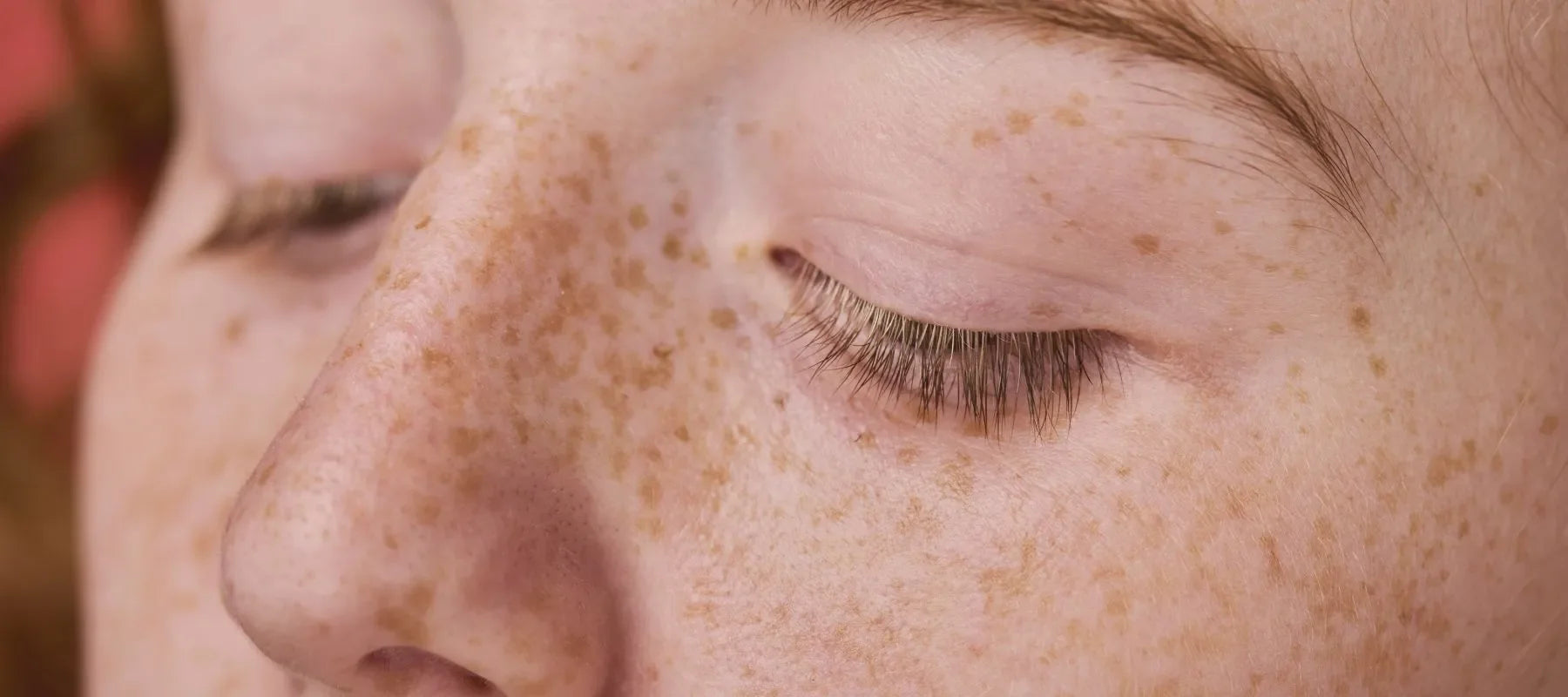
Freckles on Face: Causes, Treatment and Prevention
Freckles are tiny brown spots that appear on sun-exposed skin. While some people view freckles as cute and endearing, having too many spots clustered on the face can become concerning and frustrating.
If you have freckles on your face and want to reduce their appearance, it is helpful to understand what causes them, explore the treatment options, and learn how to prevent more freckles from developing. This article will help you explore the causes, treatment and prevention of facial freckles.
What are freckles on the face?
Freckles are flat, light to dark brown spots that usually appear on sun-exposed skin due to the overproduction of melanin. They typically first emerge in childhood and adolescence on the face, shoulders, and arms. While freckles are harmless, clustered spots on the face are unwanted.
What are the different types of freckles?
This section will help you explore the different types of freckles. Some common types of facial freckles include the following:
- Ephelides: These are the most common types of freckles. They have uneven shapes and sizes. Ephelides often emerge after exposure to the sun. These freckles are generally harmless.
- Sunburn Freckles: Caused specifically by acute sunburn, these freckles have an average size and regular shape. They may disappear over time.
- Solar Lentigines: Usually referred to as "liver spots," these freckles have smooth edges and distinct shapes. They are associated with chronic sun exposure.
Causes of freckles on the face
Freckles are caused by the overproduction of melanin, the pigment that gives skin its colour. Melanin protects the skin from UV radiation damage from the sun. People with fair skin tones tend to get more freckles because they have less melanin than those with darker complexions. Let us explore some of the most important causes of facial freckles.
1. Sun exposure
Sun exposure is the number one cause of freckles on face. The UV rays from the sun trigger the cells called melanocytes to make extra melanin. This results in creating pigmented spots.
The cheeks, nose, forehead, and chin are the most susceptible areas of the face to sun exposure. The sun’s UV rays are strongest between 10 AM and 4 PM. This makes sun exposure during these hours more likely to cause facial freckles.
Also read: Sun damaged skin: Identification, treatment, prevention
2. Genetics
You likely have a genetic predisposition if you have family members with facial freckles. A gene named MC1R controls melanin production. If your parents have passed down a variant of this gene, you might be more inclined to have facial freckles. This gene variant can cause melanocytes to work overtime to produce melanin granules.
3. Hormonal changes
Hormonal changes can spark excess melanin production that can cause facial freckles. For example, some women report getting new facial freckles or darkening of the existing ones during pregnancy. Puberty is another time when surging hormones may lead to noticeable facial freckles.
4. Medications
The most common medications that can cause such freckles include chemotherapy, anti-seizure, immunosuppressants, and some antibiotics.
Experts suggest that these medicines may interact with melanin production pathways. It is always better to consult a doctor if new freckles arise on any regular medication.
Freckles on face treatment
If you want to diminish the appearance of facial freckles, you have a handful of medical and cosmetic treatment options. Let us explore some of the most effective facial treatment methods you can consider:
- Laser Resurfacing: Using focused energy light, laser therapies help destroy the pigment and prompt new skin growth. However, several sessions of this freckles on face treatment may be needed for lasting benefits.
- Chemical Peels: Alpha hydroxy acids (AHAs) or trichloroacetic acid (TCA) can be applied to the skin to remove damaged top layers and reveal fresh skin.
- Cryosurgery: Extreme cold from liquid nitrogen can freeze and destroy pigment-producing cells. Redness caused by this treatment usually subsides within a week.
- Prescription Creams: Facial creams with hydroquinone, corticosteroids, retinoids, and other related ingredients can help fade and remove freckles on face.
- Cover-up Cosmetics: For quick and non-permanent coverage, one can use concealers, foundations, or primers specifically formulated to camouflage skin imperfections. One should prefer this method only sparingly, especially when time does not permit one to go for other methods.
In addition to these treatment methods, healthy lifestyle habits like adequate hydration and sleep can help reduce facial freckles. It is crucial to be patient and give the selected skincare treatment some time to work.
You can also try combining different therapies that can work in synergy. Additionally, you can also seek personalised advice from skincare experts for the best treatment options suitable for your skin. With a diligent skin care regimen and healthy lifestyle habits, one can get over facial freckles over time.
How to prevent freckles from developing
While freckles are usually harmless, taking necessary precautions can help one prevent new facial spots from emerging and protect the skin from sun damage:
- Using sunscreen daily with an SPF of 30 or higher on sun-exposed skin can help get rid of freckles face. To protect your skin against UVA and UVB rays with new-generation filters, try the Dewy Hydrating Hybrid Sunscreen SPF 50+ offered by The Pink Foundry. Try reapplying the sunscreen every two hours when you are outdoors.
- Wear protective clothing like wide-brimmed hats and tightly woven but loose-fitting clothes for additional protection.
- Avoid peak sun hours between 10 am and 4 pm when UV rays are strongest.
- Steer clear of tanning beds, lamps and booths which emit UV radiation.
- Consider taking an oral supplement with antioxidants, like polypodium leucotomos extract. When used regularly, these can help prevent sun-related skin damage.
Also read: 6 Ways to Protect your Skin from Sun Damage
Conclusion
Facial freckles are caused primarily by sun exposure and genetic factors. The major reason behind them is melanin overproduction. Although freckles pose little health risk, having numerous facial spots can be unwanted. Thankfully, several effective treatment methods can help remove facial freckles. Diligent sun protection and avoiding harmful UV rays prevent freckle development and nurture healthy, even-toned skin. With preventative steps and treatments, one can keep freckles under control.



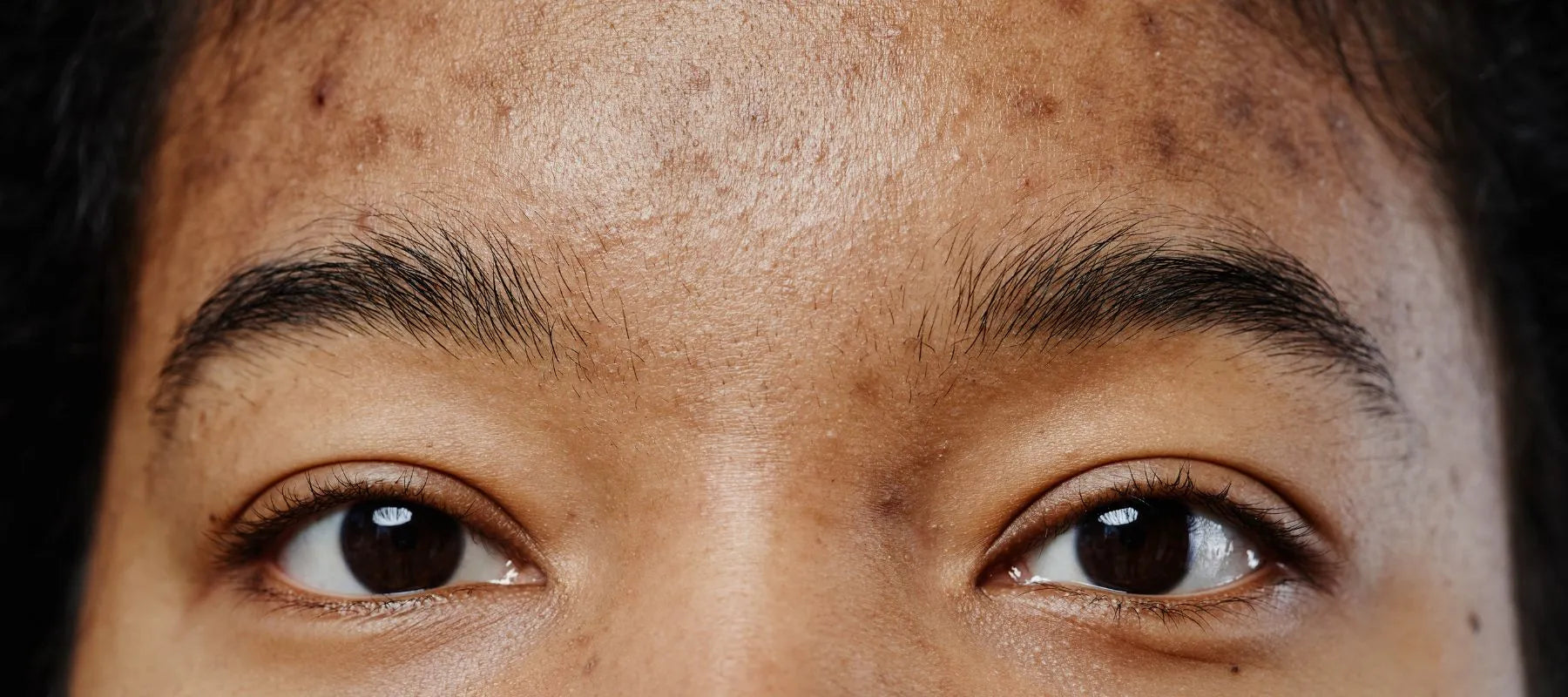

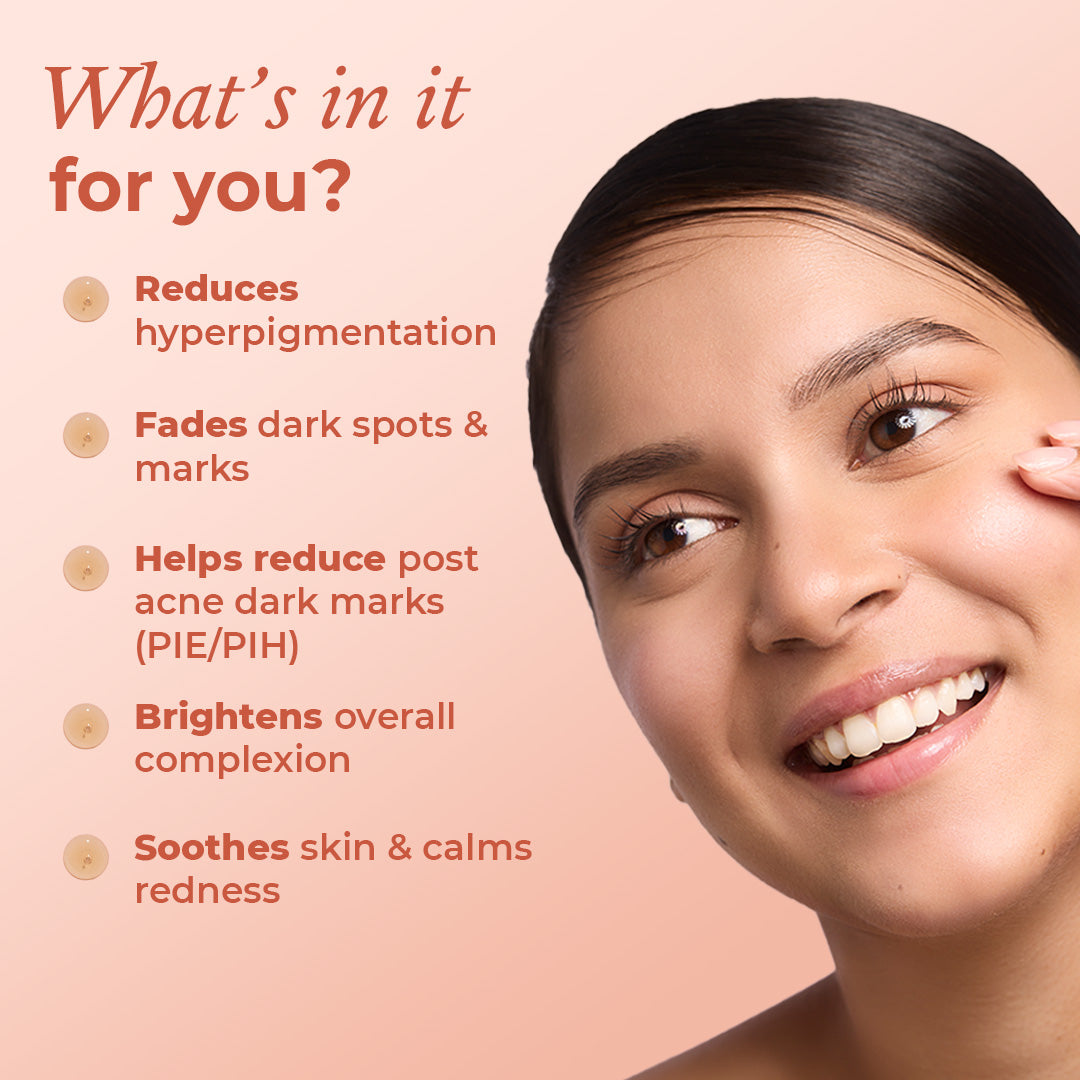

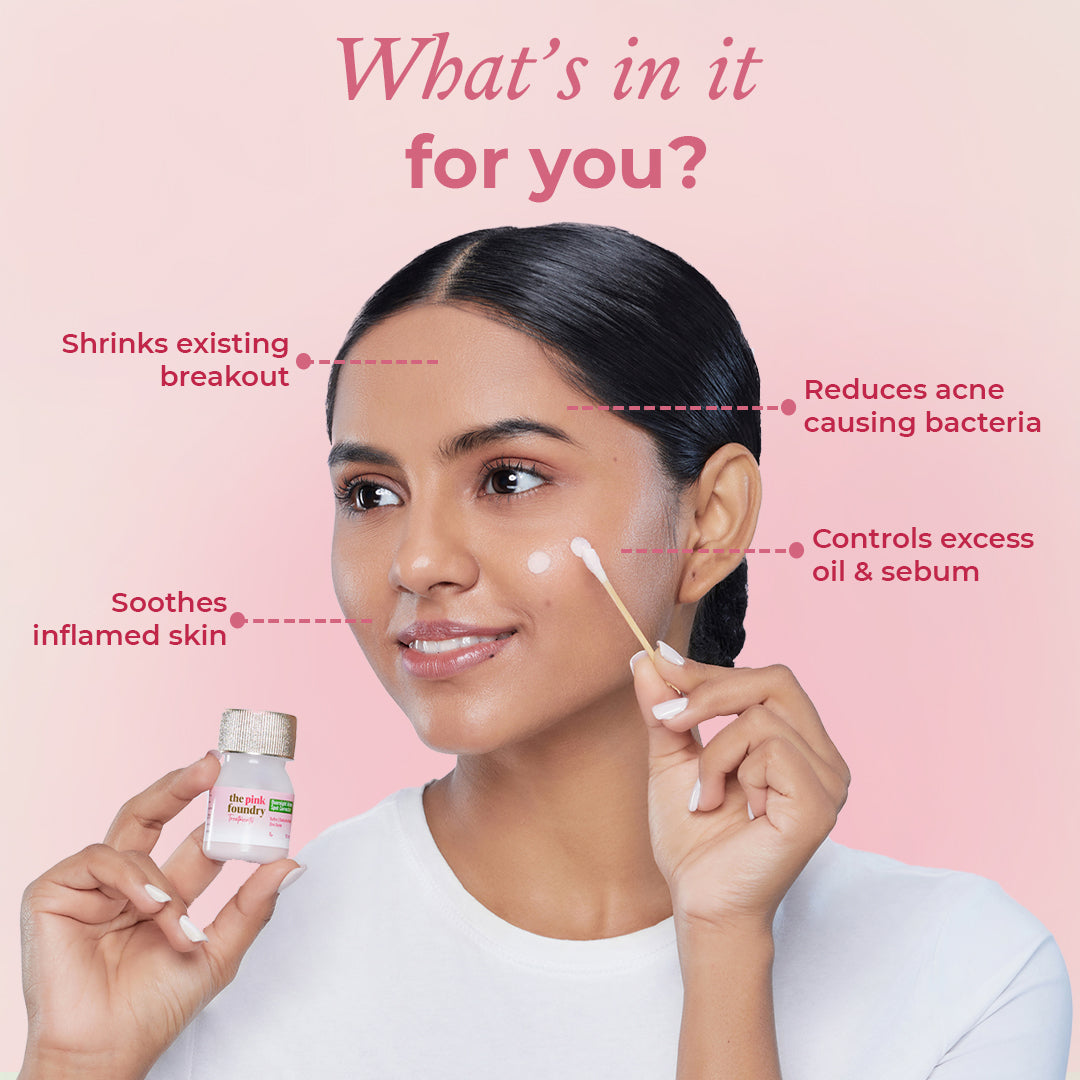
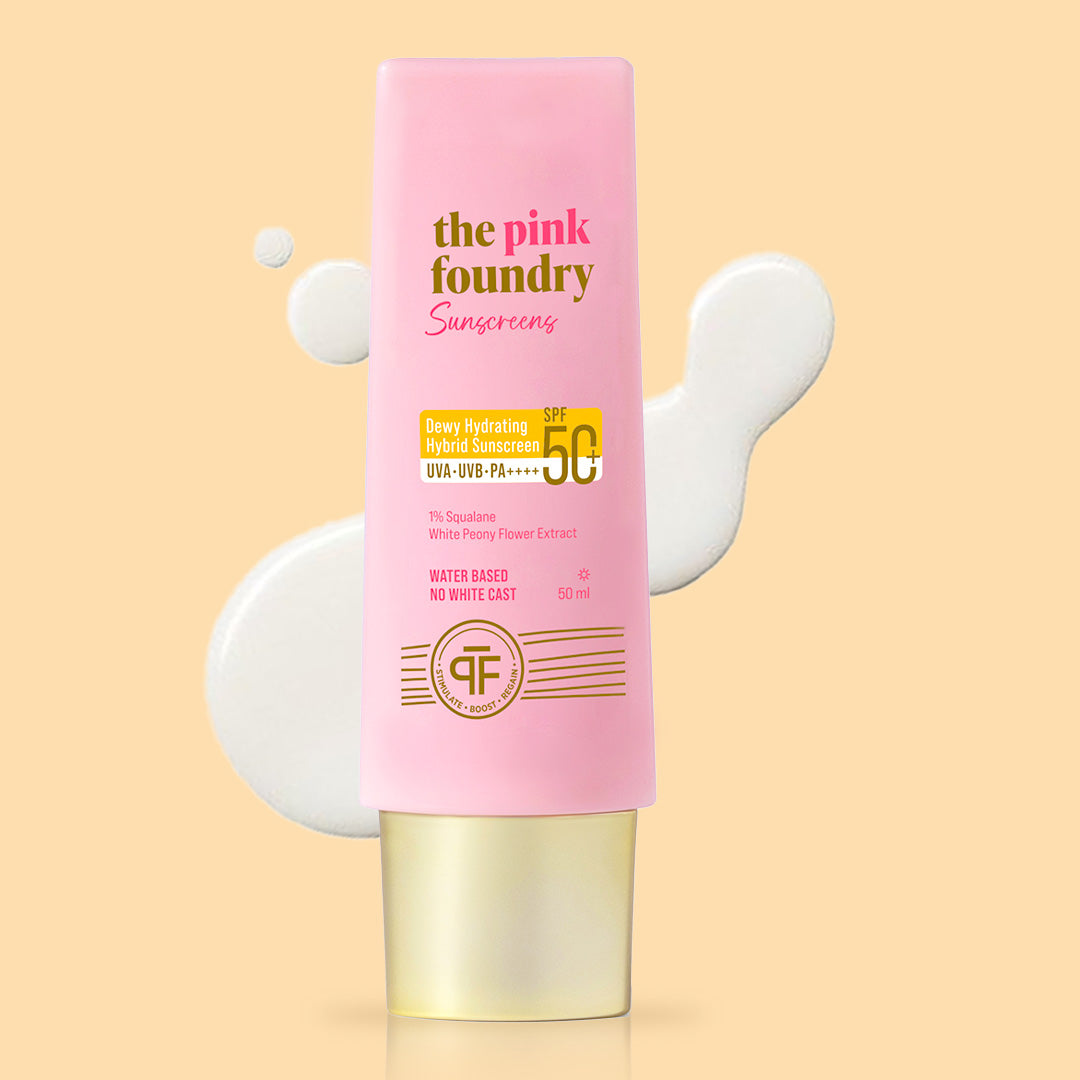
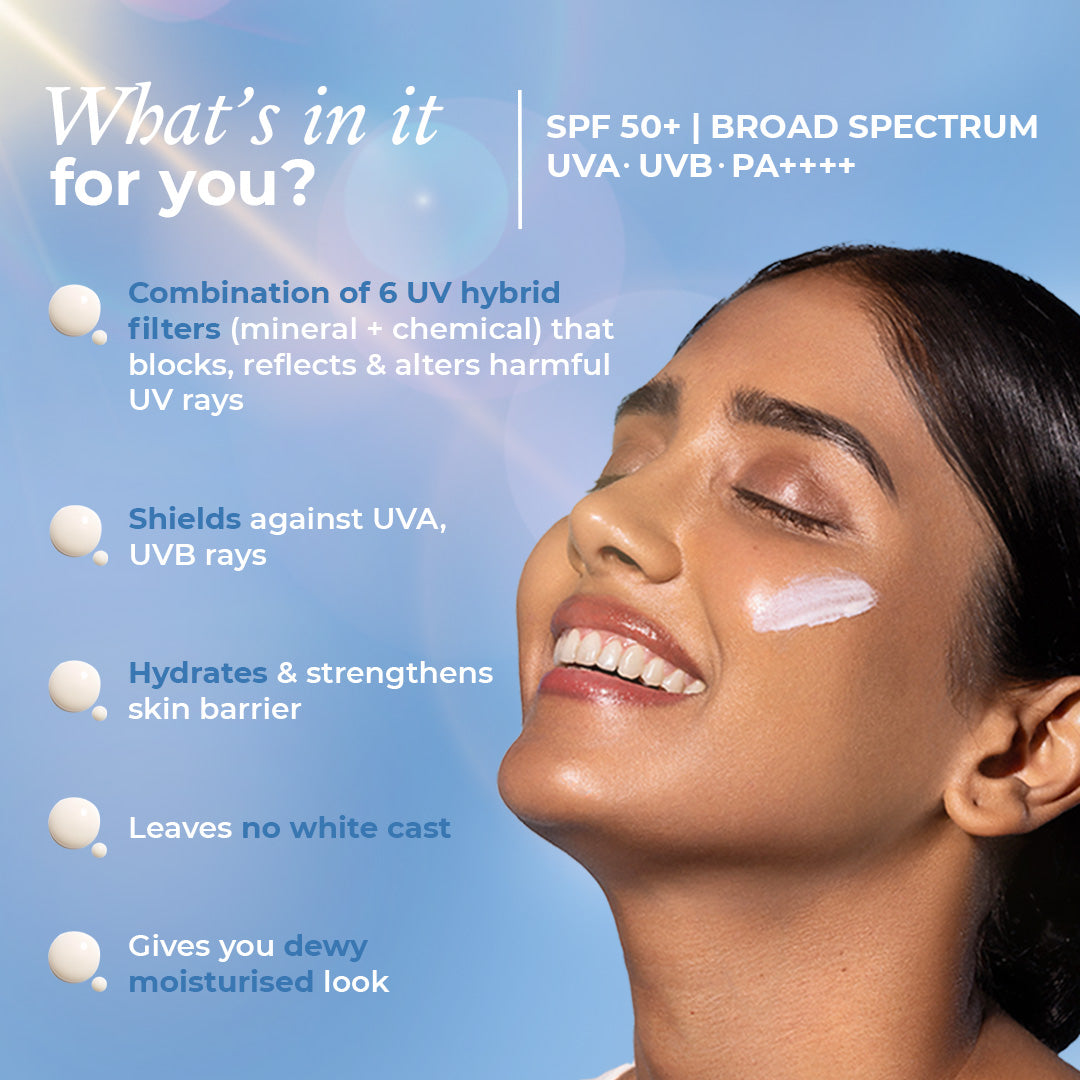
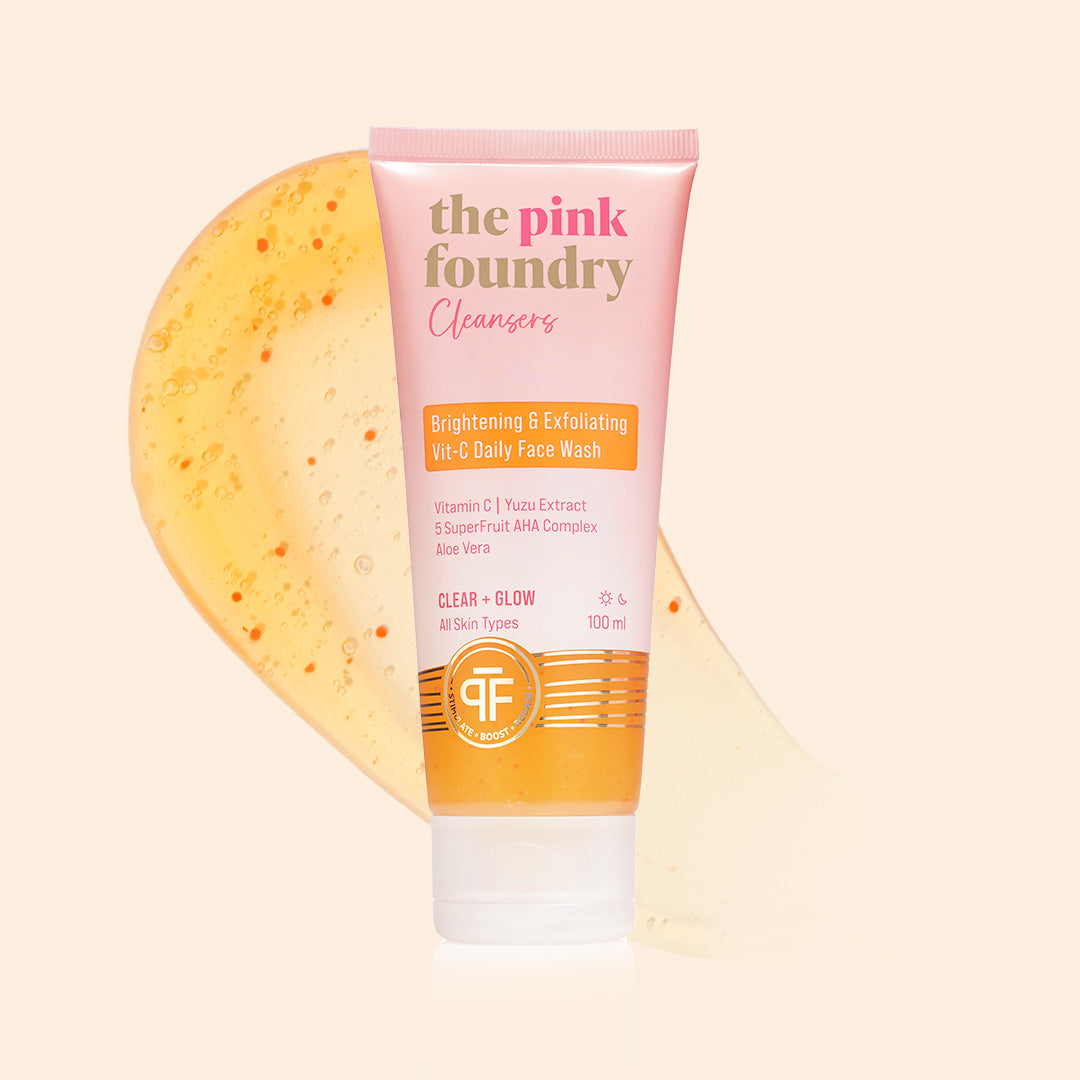
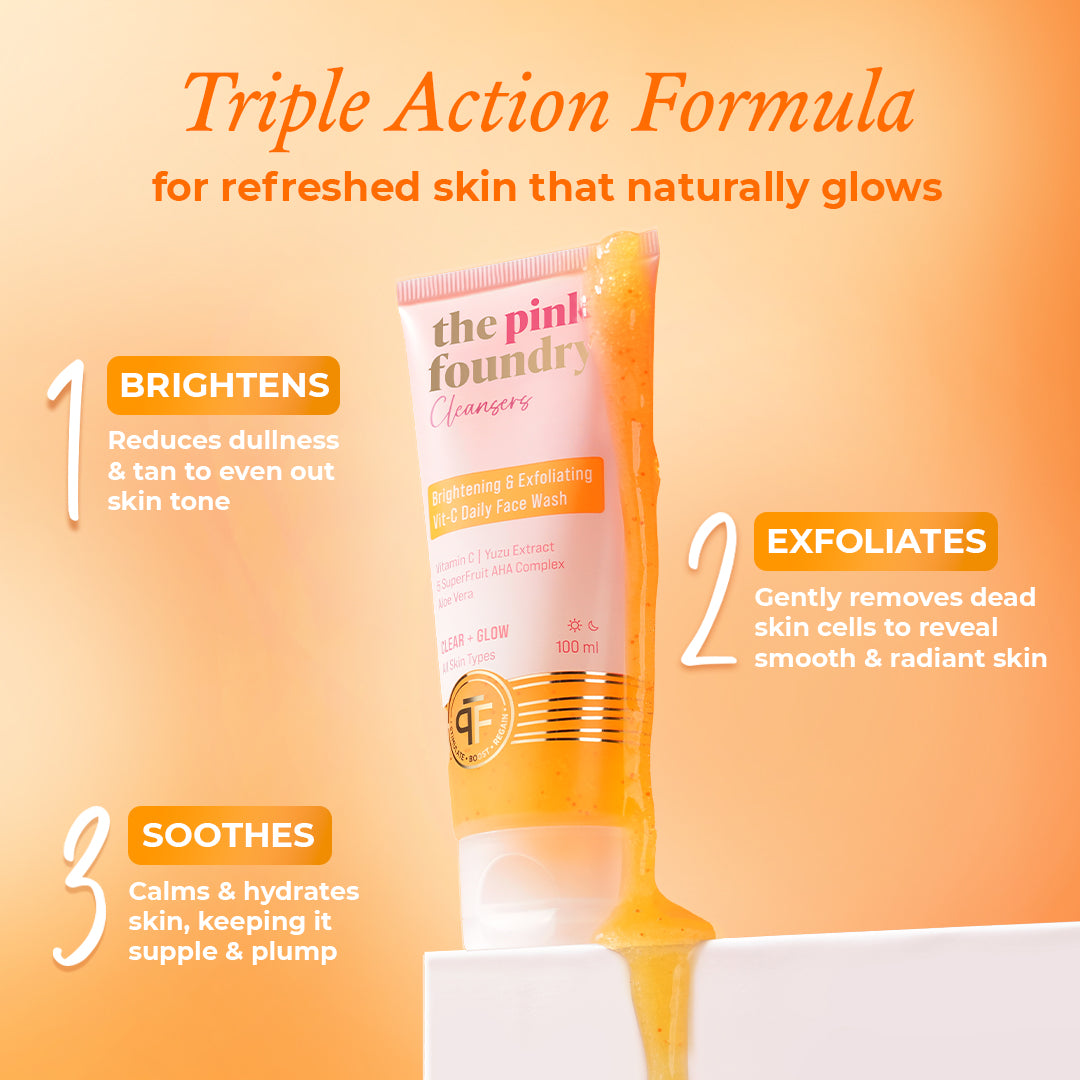
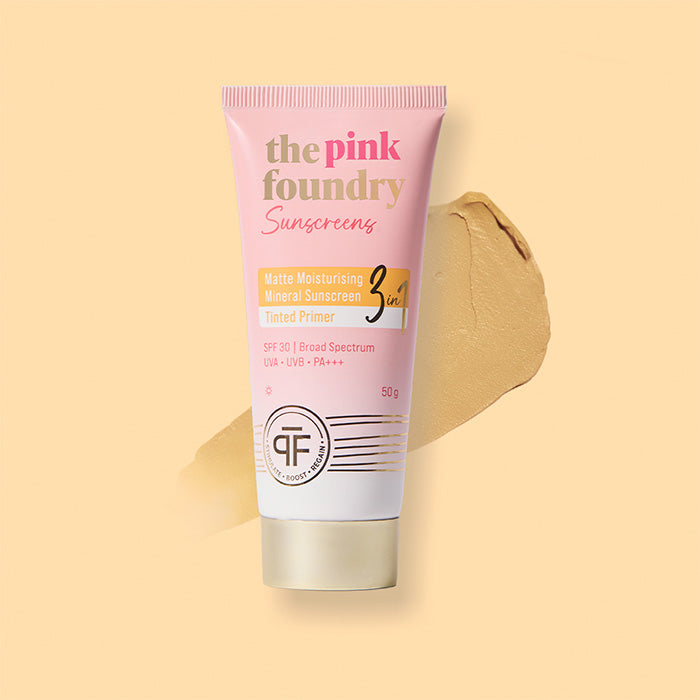
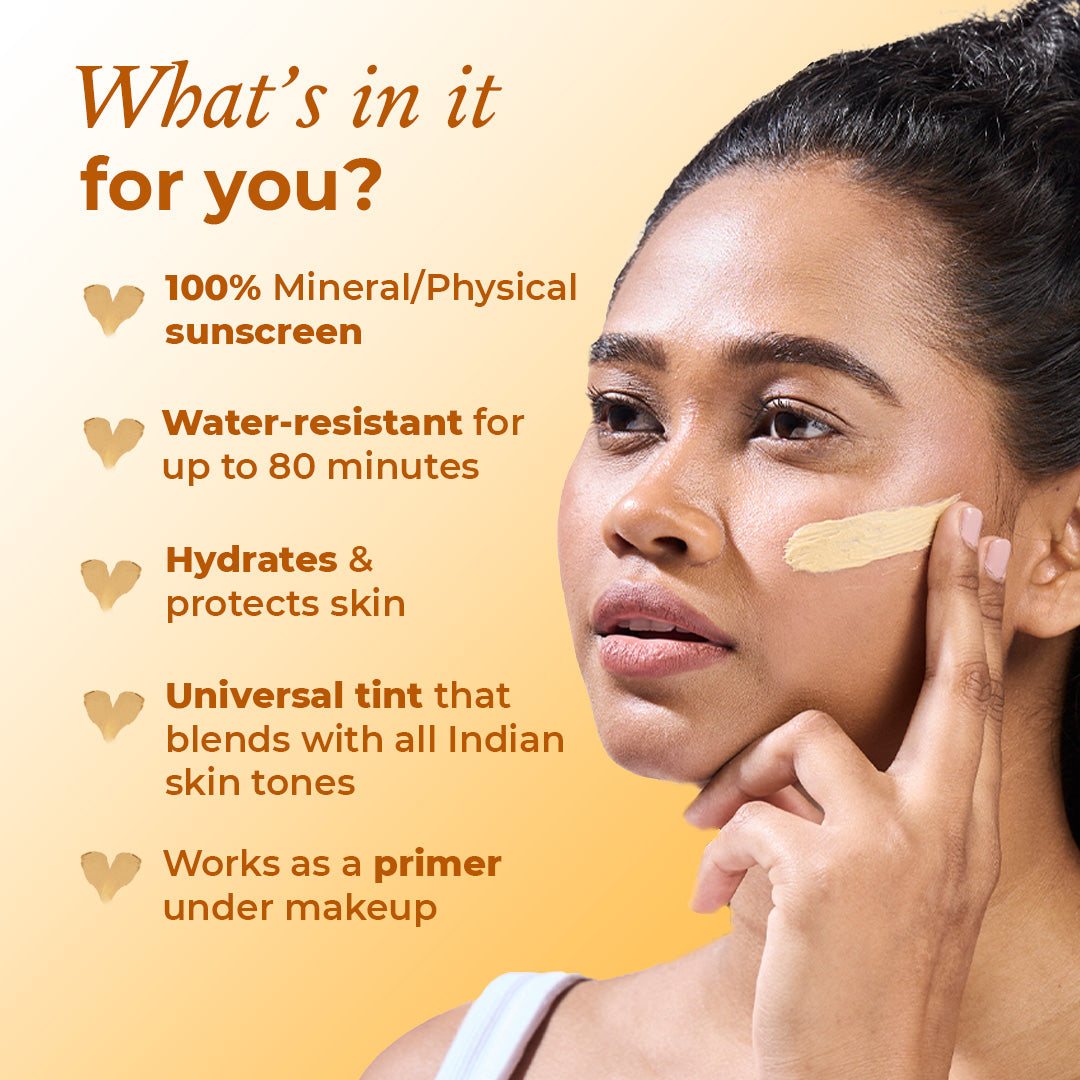
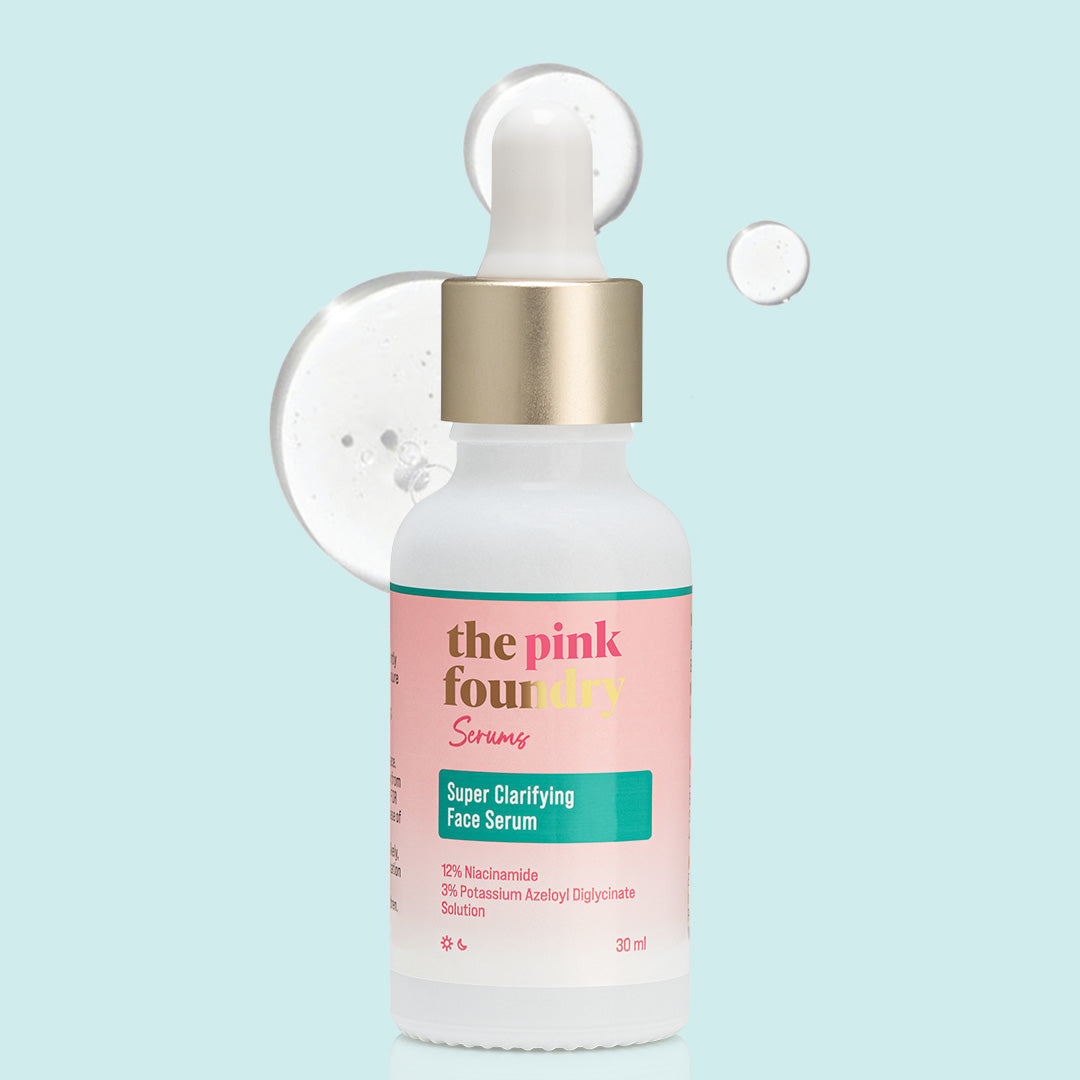
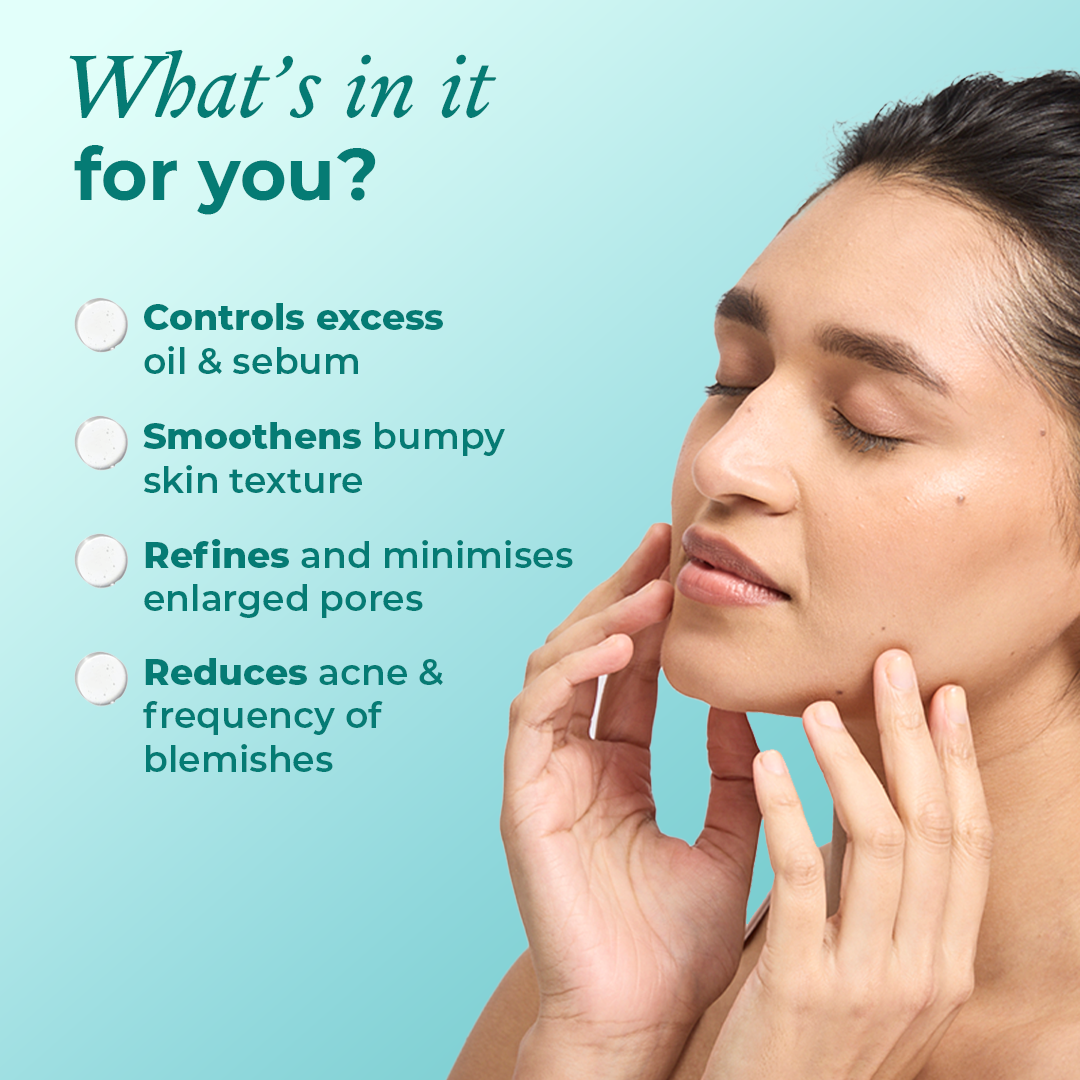

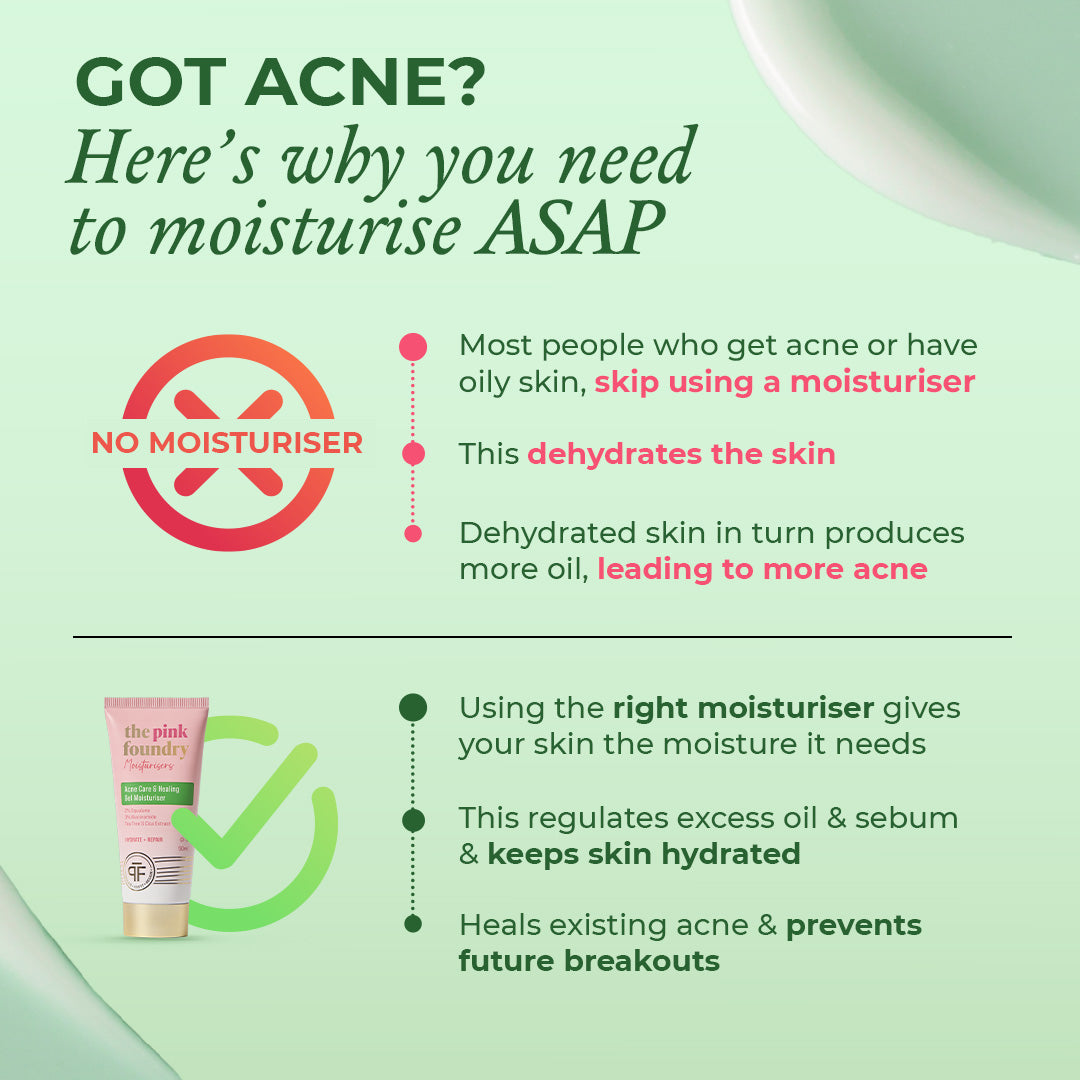
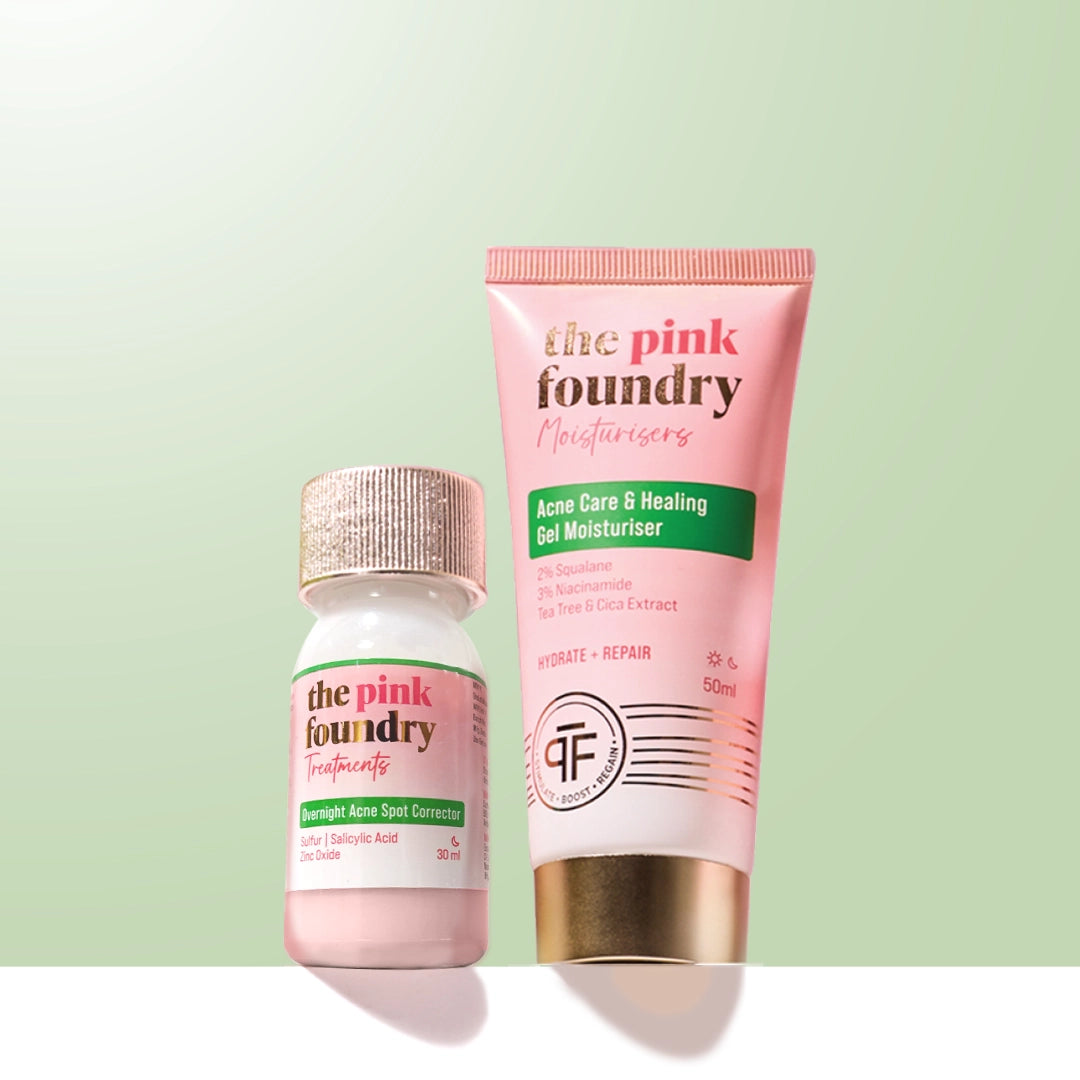
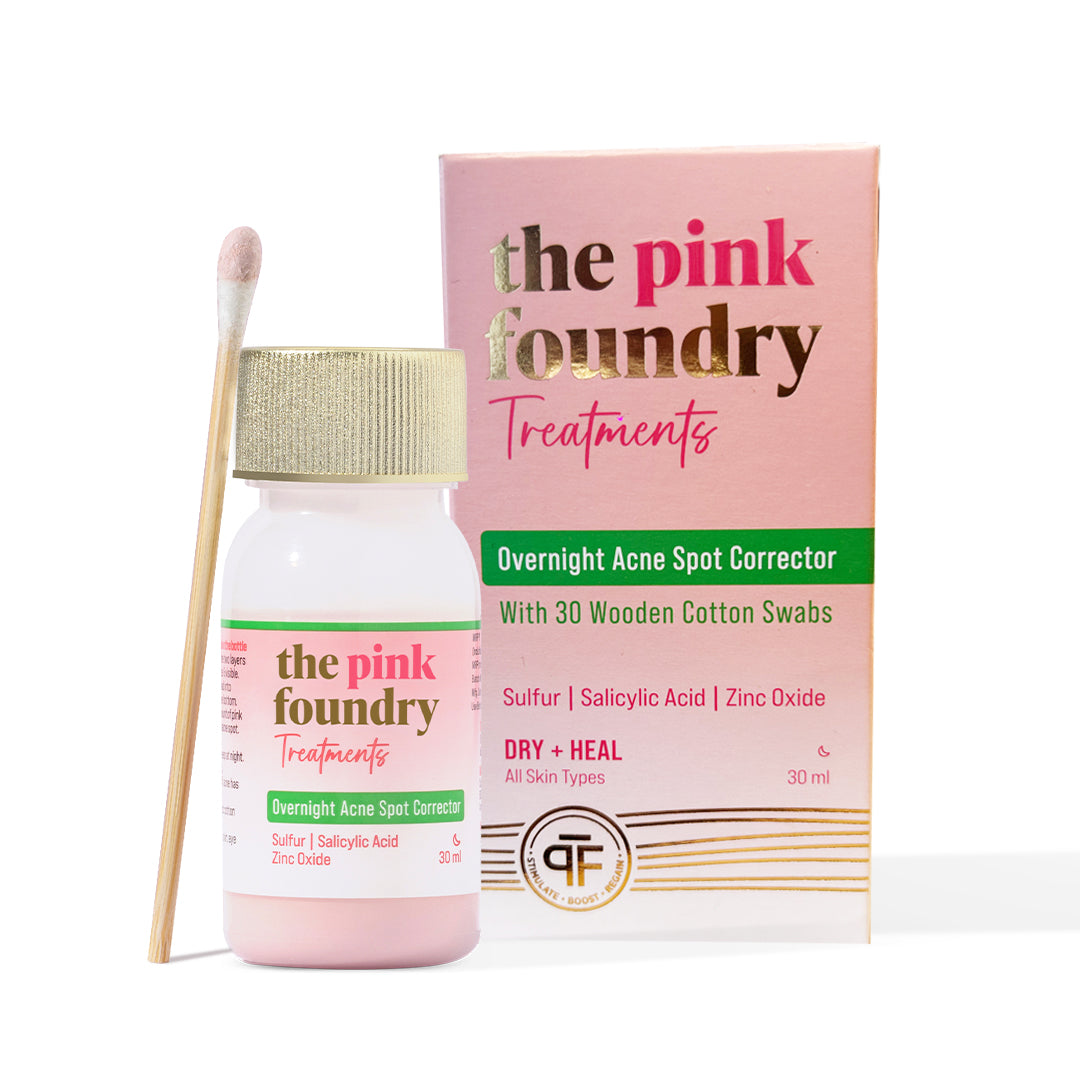
Leave a comment
This site is protected by hCaptcha and the hCaptcha Privacy Policy and Terms of Service apply.